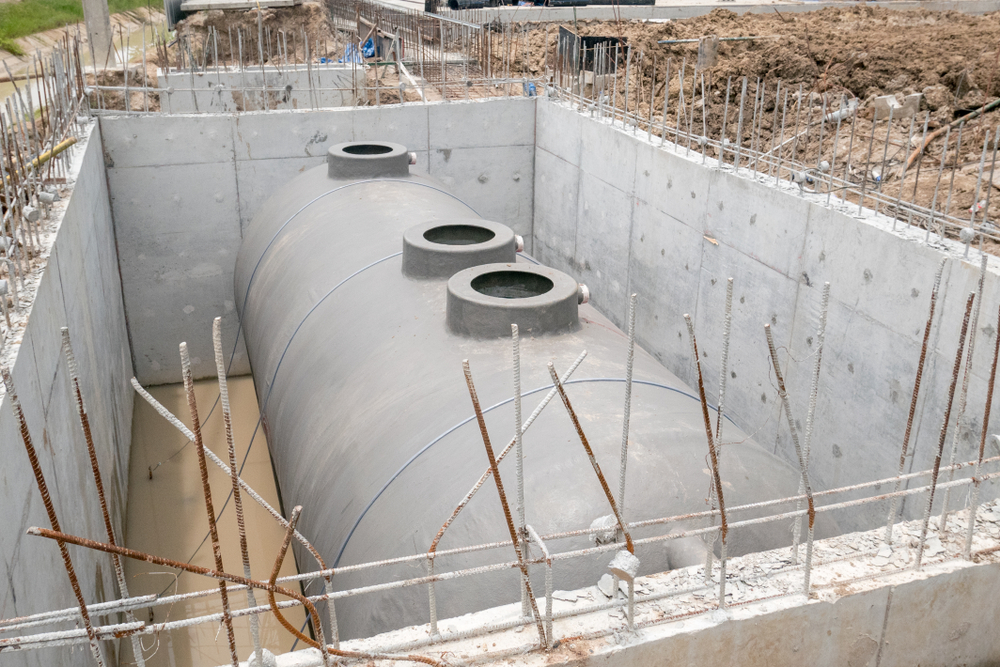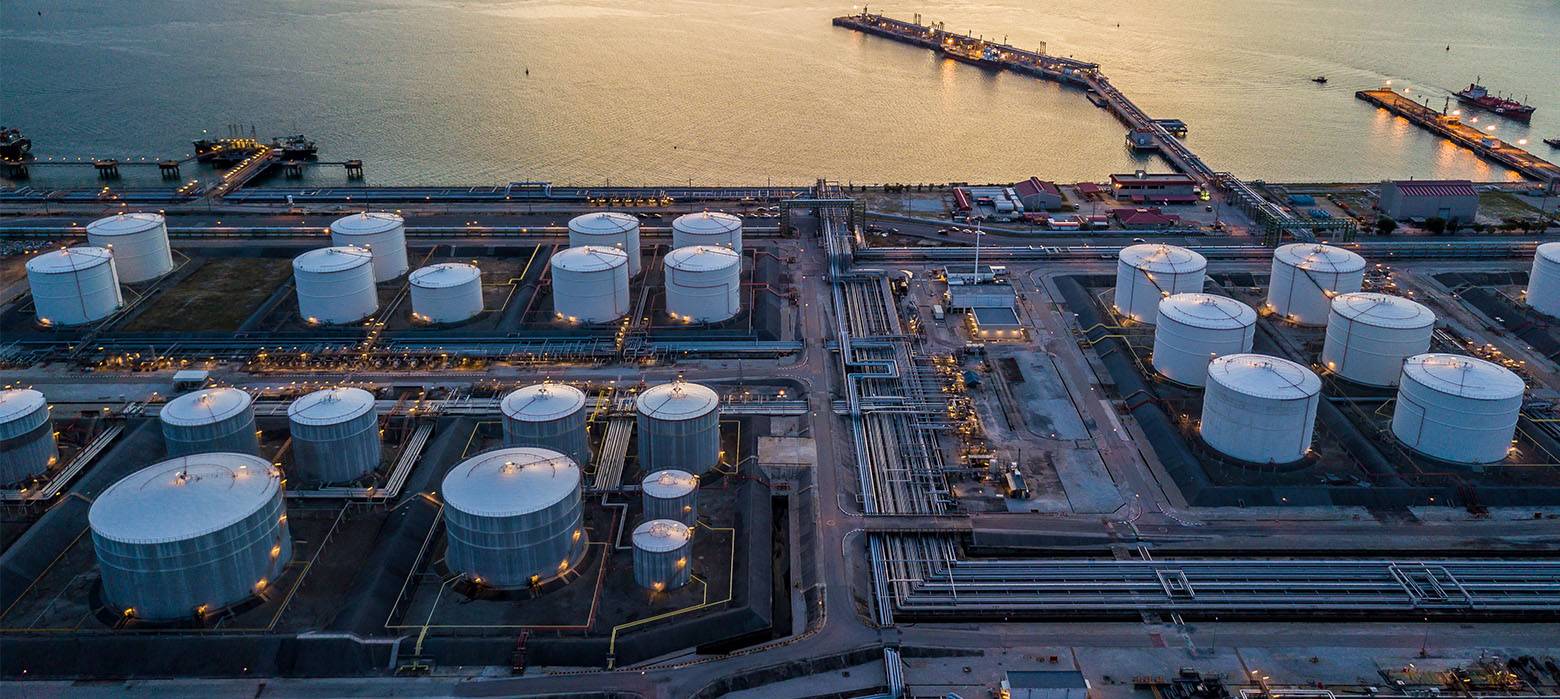
- admin
- April 14, 2020
A Short Guide on Fiberglass Septic Tanks (Updated for 2023)
A septic tank is an underground chamber through which wastewater flows for primary treatment.
Typically, they are used to store effluent from domestic sources, but now these tanks are also used in industries and factories for storing wastewater having similar properties.
In septic tanks, the liquid flows through the tank, while the heavy particles sink to the bottom. The scum (mostly oil and grease) float on the top. Over time, the solid waste degrades anaerobically.
There are mainly four types of septic tanks available in the market –
• fiberglass septic tanks
• steel septic tanks
• aerobic septic tanks
• concrete septic tanks
In this blog, we’ve provided a short guide on fiberglass tanks. So, keep reading!
What is Fiberglass Septic Tank?
As the name suggests, fiberglass tanks are made up of fiber or a type of modified plastic. They weigh less compared to the other variants and are impervious to rusting and cracking.
The best part about these tanks is that they’re very easy to install. However, there are few things that you must look out while inspecting one –
1. Low Effluent Level – After you empty the tank, check if a plastic plug at the bottom of the tank is malfunctioning.
2. Damage during installation – There are high chances for the tank to get damaged during installation. The damage may not be visible until the tank is full. Look for abnormally low effluent levels and missing drain plugs.
Any septic tank must pass the ‘wet pit’ test, and fiberglass tanks pass this with high grades.
The test involves burying the tank in gravel and pumping water into it for stimulating groundwater pressures. The manufacturer decides the depth of the tank and the duration of the test.
The more, the better!
Fiberglass Septic Tank Cost
The cost of a fiberglass septic tank primarily depends on the size of the tank and quality of the material used to build it. In the United States, the average price lies somewhere between $1600 – $2000.
Depending on the construction methods, the condition of the soil, and the materials used while manufacturing, a fiberglass tank can last as long as twenty to thirty years.
How Does a Fiberglass Septic Tank Work?
A septic tank is basically an underwater sedimentation tank used for wastewater treatment through the process of biological decomposition and drainage.
Fiberglass tanks have a simple design. It comprises of an underground watertight container (usually rectangle or round in shape) made up of fiberglass.
The tank is connected with two pipes – an inlet and an outlet. The inlet pipe is responsible for collecting wastewater in the septic tank, while the outlet pipe removes the pre-processed wastewater from the septic tank and distributes it uniformly in the soil and watercourses.
The wastewater is separated into three layers. The top layer mainly comprises of oil and grease that floats above the remaining waste. This is known as scum. The middle layer comprises of wastewater along with waste particles.
And, the bottom layer consists of heavy particles other than water that form a layer of sludge.
Inside the tank, bacteria from wastewater breaks down the solid waste. These bacteria also decompose the solid waste rapidly, ensuring easy passage of liquids to separate and drain away quickly.
Which is Better Concrete or Fiberglass Septic Tank?
Fiberglass tanks are watertight and are resistant to corrosion. Also, they’re lighter than concrete septic tanks. On the contrary, concrete tanks are heavy and are prone to corrosion.
According to a study, lightweight septic tanks are more vulnerable to damage during installation when compared to concrete septic tanks. And in terms of costs, concrete septic tanks are much more expensive to install and maintain than fiberglass septic tanks.
Another study found out that concrete tanks have higher effluent levels than septic tanks. Also, fiberglass tanks often float on the ground’s surface if they’re improperly installed. Concrete septic tanks, on the contrary, don’t float on the surface due to their heavy weight.
The worst part about concrete septic tanks is that they often crack in extreme hot and cold weather conditions. Also, they’re prone to leaking and cracking when compared to plastic septic tanks.
To sum it up, if you’re looking for a budget-friendly option that’ll serve your purpose, fiberglass tanks are the best option.
Advantage and Disadvantage of Fiberglass Septic Tanks
If you’re planning to install a new septic tank or replace an existing one, then a fiberglass tank can be a great choice!
Here’s why you should choose it over the other variants –
1. They weigh less compared to steel and concrete tanks and can be easily installed anywhere. This can be a huge advantage in areas where big trucks or cranes find it difficult to reach.
2. They can be hauled even in a pickup truck.
3. They are very sturdy and durable. These tanks can last for years without getting affected due to sudden temperature changes or corrosion.
4. They can withstand corrosive materials better than concrete tanks.
5. Damage caused is easier to repair when compared to other variants of tanks.
6. Roots of trees find it difficult to penetrate into them, unlike as in concrete tanks.
Speaking of its disadvantages, it has only one. Let’s discuss!
Fiberglass septic tanks often float in areas where the groundwater level is high. Since these tanks weigh less when compared to concrete tanks, you need to implement appropriate measures to anchor them to the ground securely.
Availing the services of a reputable tank manufacturing company is always the best option to ensure that the tank has been installed correctly. A properly constructed and anchored fiberglass tank will last for years, without causing you much worry.
So, here was our short guide on fiberglass septic tanks. Don’t forget to share your thoughts in the comment section. Also, let us know if we’ve missed out something important.
- fiberglass septic tanks
- fiberglass tanks
- Industrial tanks
Category
- Above Ground Fuel Tanks
- Above Ground Gas Storage Tank
- Above Ground Storage Tanks
- Above Ground Water Storage Tanks
- Agricultural Tanks
- Chemical storage Tanks
- Diesel Fuel Storage Tanks
- Diesel Storage Tanks
- Exernal FloatingRoof Tanks
- Farm Water Tank
- Fiberglass Oil Tanks
- Fiberglass Septic Tanks
- Fiberglass Tanks
- Fiberglass Underground Fuel Storage Tanks
- Field Erected Tanks
- Floating Roof Tank
- Food and Beverage Tanks
- Fuel tank
- Industrial Chemical Storage Tanks
- Industrial Gas Tanks
- Industrial Plastic Tanks
- Industrial Storage Tanks
- Industrial Tank heating pads
- industrial tanks
- Natural gas
- Natural gas vs Propane
- oil storage tank
- Oil Storage Tanks
- Peracitic Acid
- Petroleum Tanks
- Residential gasoline storage tanks
- Residential Water Storage Tanks
- Sodium Hydroxide Storage Requirements
- Sodium Hypochlorite Storage Tanks
- Steel Storage Tanks
- storage tank failure prevention
- Storage Tanks
- Sulfuric Acid Tanks
- Uncategorized
- UnderGround Storage Tanks
- Waste water tank
- Water Storage Tanks

 Tank Size Calculator
Tank Size Calculator






